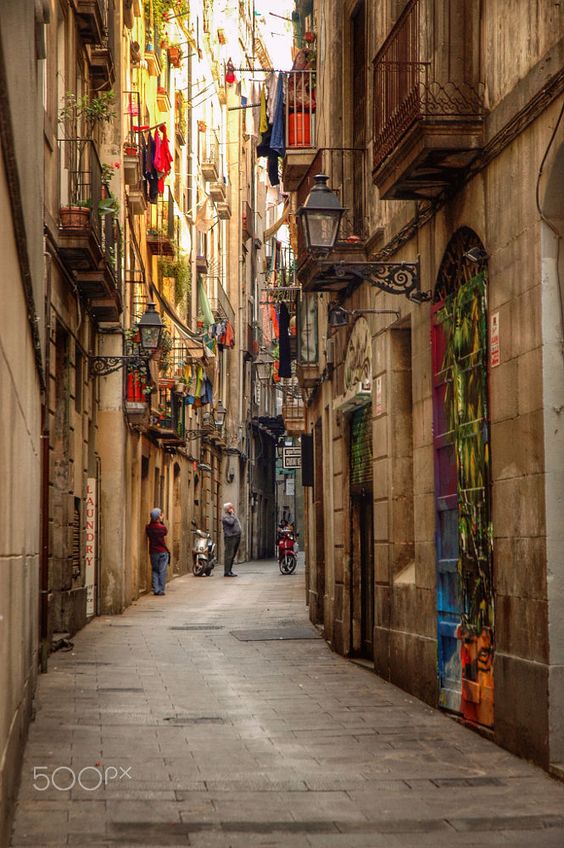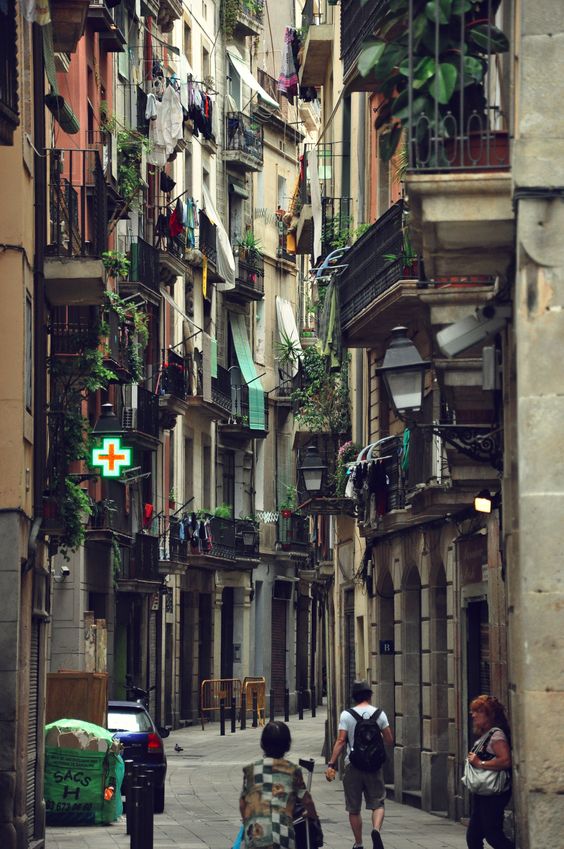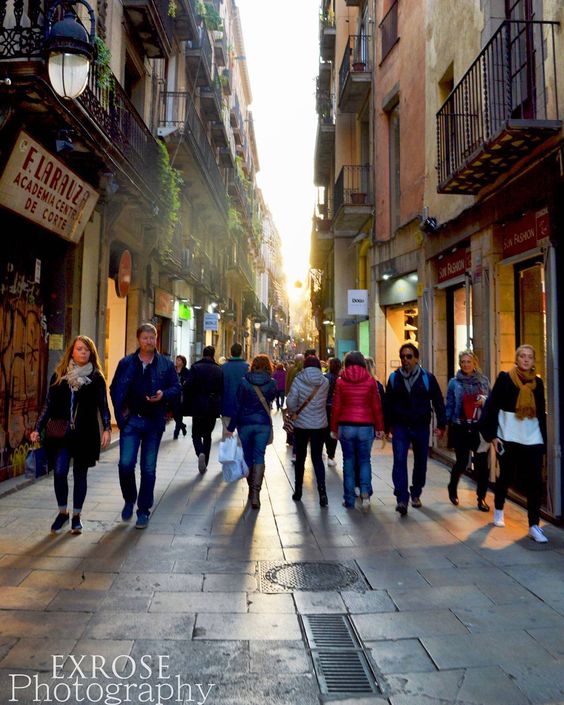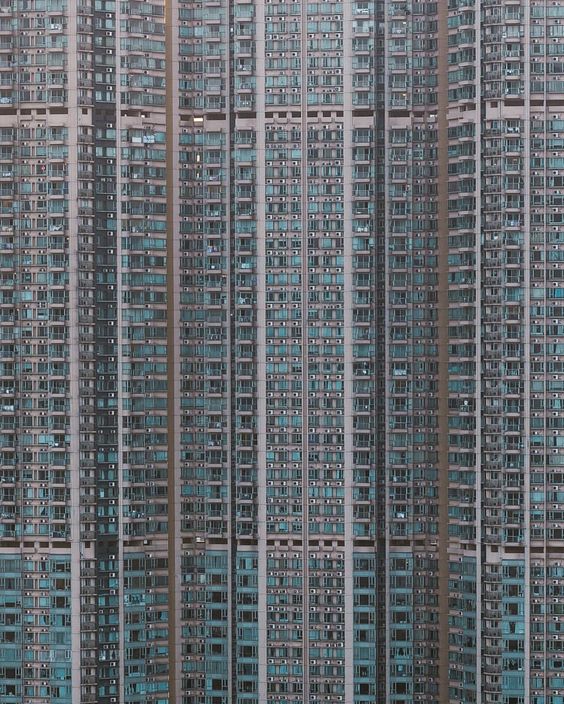The Guardian (UK) recently did a survey to find the most densely populated square kilometer in every major country in Europe. What they found — to my amazement — is that, in every case, this was in the form of the Traditional City, typically of around six stories with retail/commercial on the ground floor, high building footprint/land area ratio, and of course Narrow Streets for People. In each case, the most densely populated square kilometer was also among the most beautiful and pleasant square kilometers of the city, and often a tourist destination. The winner, of the most densely populated square kilometer in Europe, was the Old City of Barcelona, Spain, with a population density of 53,119 per square kilometer, or 137,578 per square mile.

This is what it looks like from street level:



Not too shabby, right?
It is true that population densities in Hong Kong regularly reach much higher levels than this, using high-rise architecture. The average population density of over 16 square kilometers of housing estates was found to be about 400,000 per square mile.

The famous Walled City of Kowloon had an estimated population of 50,000 in 6.4 acres, which translates into 5.0 million per square mile. (Note that this was accomplished with midrise buildings, not highrise.)

But, we do not find anything like this anywhere but Hong Kong. We do not find it, for example, in the whole continent of Europe. I think most people would consider these examples to be rather unpleasant; which is probably why, whenever there is enough land area around, people have opted for other solutions. The population densities found in the densest neighborhoods of Europe, of around 60,000-130,000 per square mile, are certainly high enough. They are already three to six times higher than the average population density of the City of San Francisco, for example (19,000 per square mile).
This is interesting, because it means that we really don’t have to make any concessions to highrise solutions in the name of higher density. There are plenty of “tower in a park” projects of various sorts in Europe, but not one of these has exceeded the densities found in the Traditional City districts of Europe’s largest cities. Since density translates directly into affordability (more houses per square kilometer means less land cost per house), it turns out that the Traditional City is not only the most pleasant and most beautiful solution, it is also the densest and cheapest. It is the winner across the spectrum, from the smallest rural village to the largest metropolis.
I think there is still some need for highrise projects. Hudson Yards, in Manhattan, is expected to provide 18 million square feet of residential and commercial floor space over a 28-acre site. Since an acre contains 43,560 square feet, I calculate that it works out to an average FAR of about 15 — obviously, hard to achieve with six-story buildings. Highrise is the way to go, for that particular site — and I would probably even add more square footage, since, in the existing design, the land is being so badly used anyway. If 5/6ths of this 18msf were used for residential space, and the average space per person was 250sf, then 60,000 people could live there; a density of 1.37 million per square mile.
As I am fond of pointing out, if you built out the entirety of the City of New York (the five boroughs, population density 28,491/sqmi) at the density of the City of Paris (54,000/sqmi), twice as many people could live there. Paris accomplishes this almost entirely within the Traditional City format of six-story buildings.

The result of adding so much new development is that housing costs would fall toward construction costs. Since construction costs on these sorts of buildings are around $200/sf, the selling price could be around $400/sf, or $400,000 for a 1000-square foot apartment, which is large enough for a family of four. You could even do very small micro-studios of about 120 square feet, for about $48,000 each (120*$400). And, you wouldn’t need to own a car. A little farther out in the ‘burbs, you could do apartments in three-story woodframe structures for about $200/sf; or about $40,000 for 200sf, which is still very small, but also very cheap. It beats being homeless. Or, if you can afford something larger, you could have 4000sf for $800,000. City living would not only be beautiful, it would be affordable; given the fact that automobiles are unnecessary, along with a lot of other expenses common to single-family detached houses such as yardwork and high heating/cooling costs, it would be even cheaper than the suburbs.

